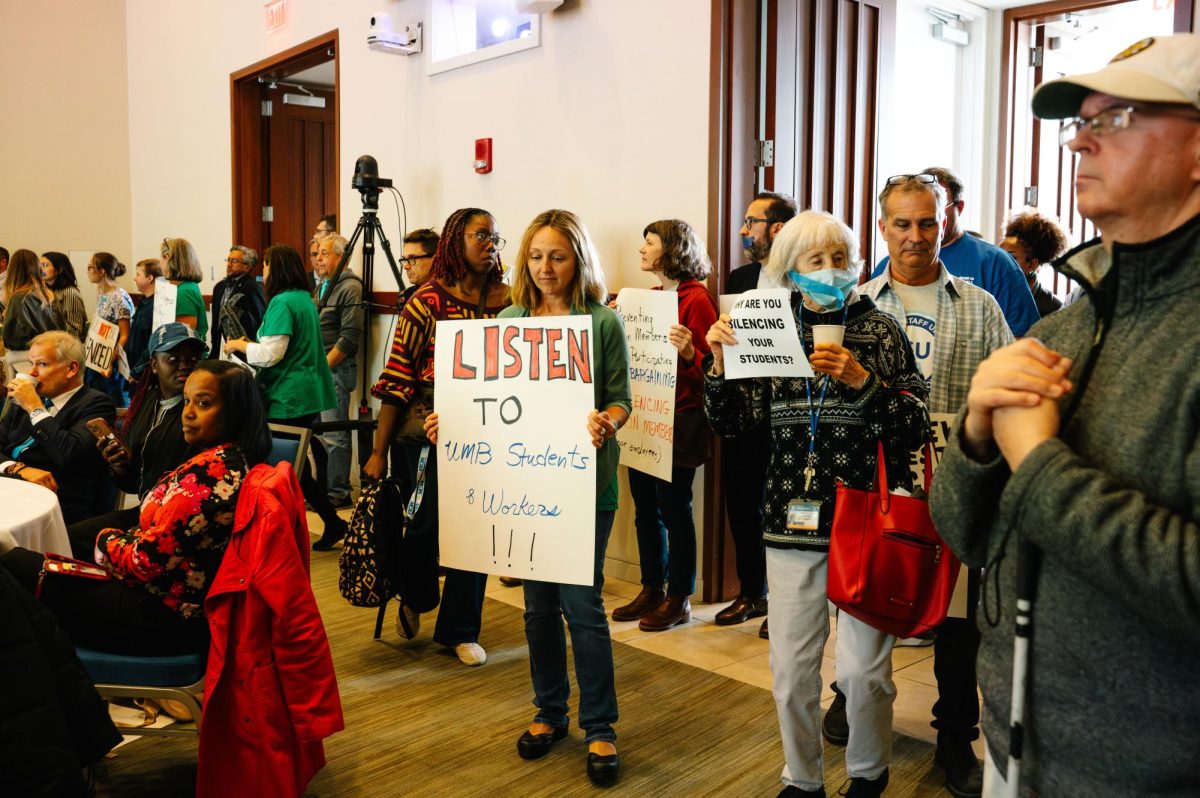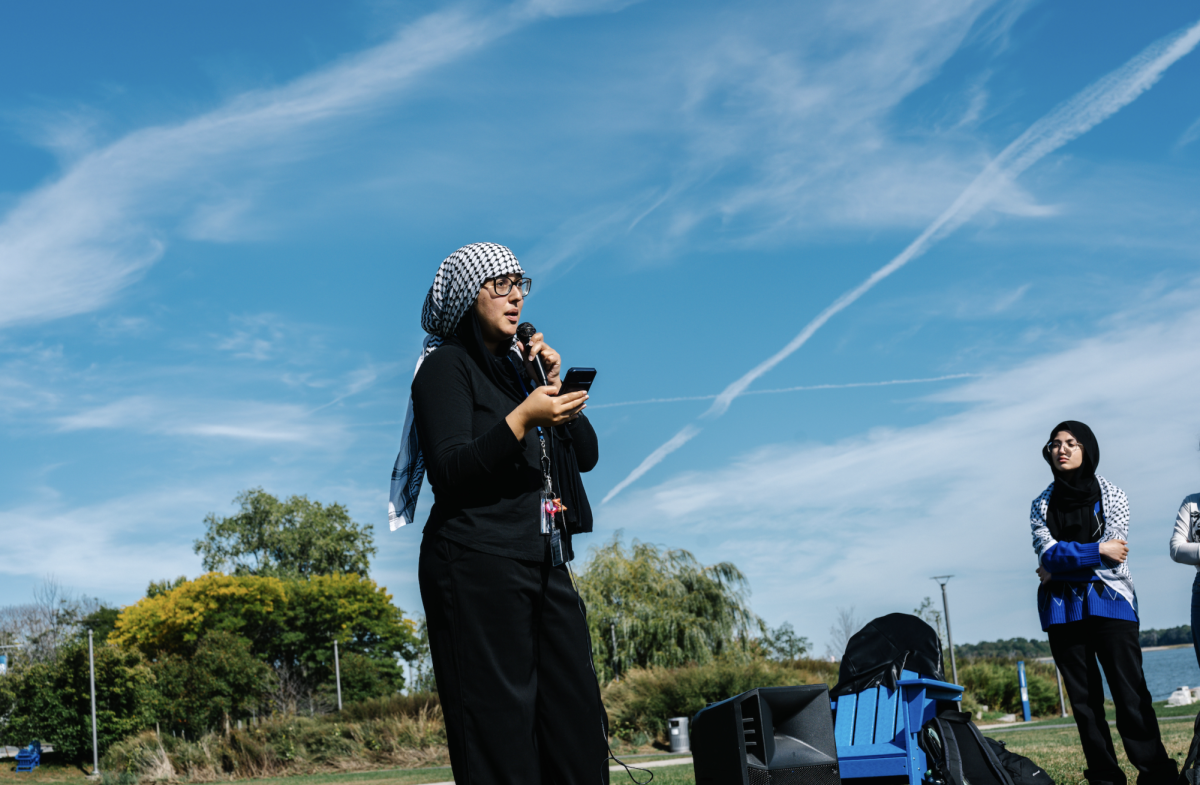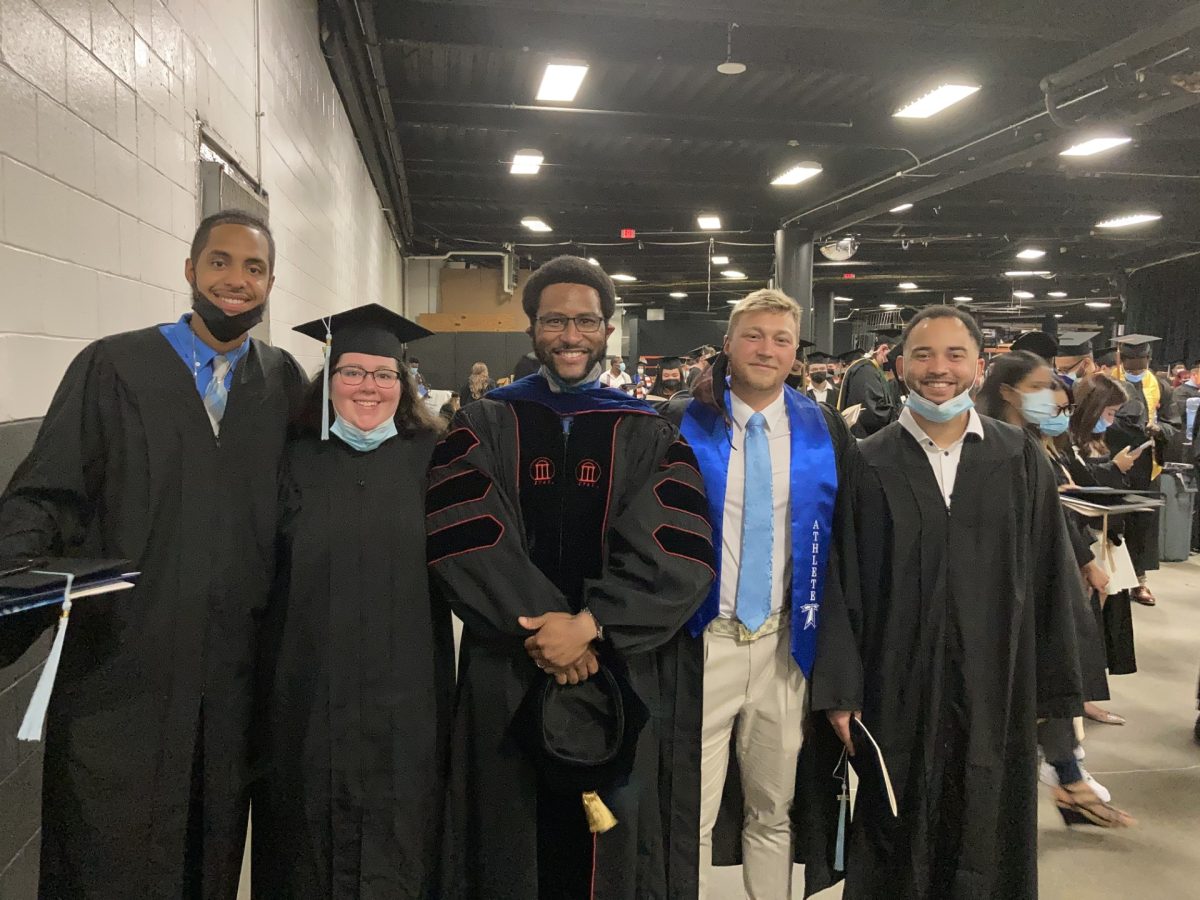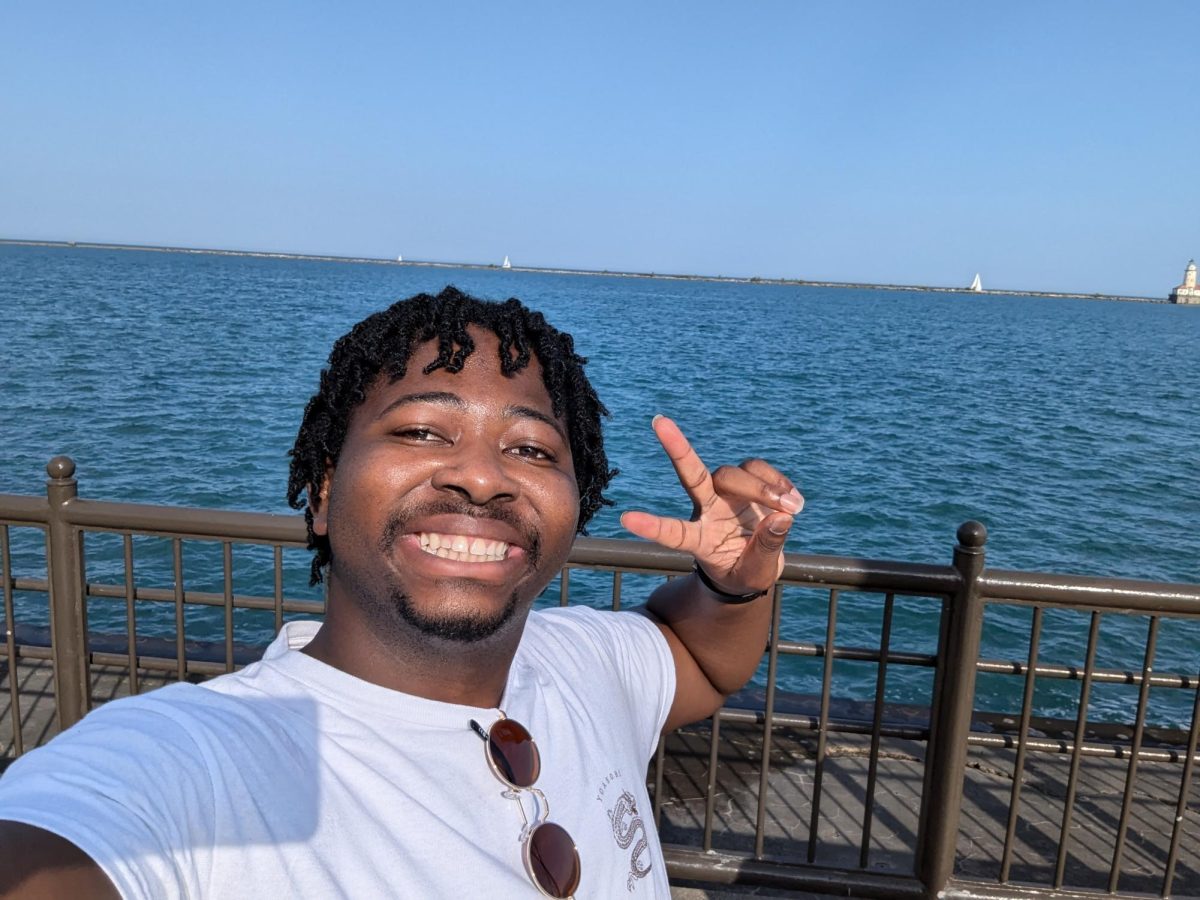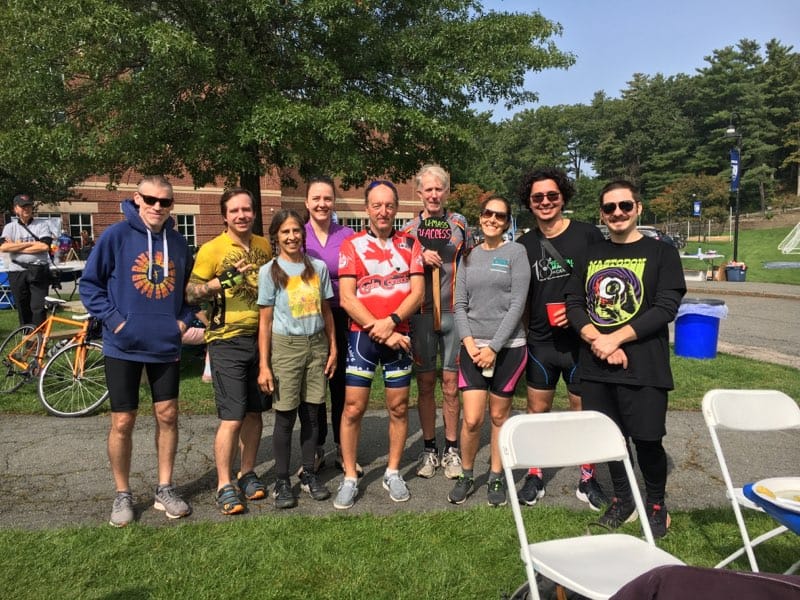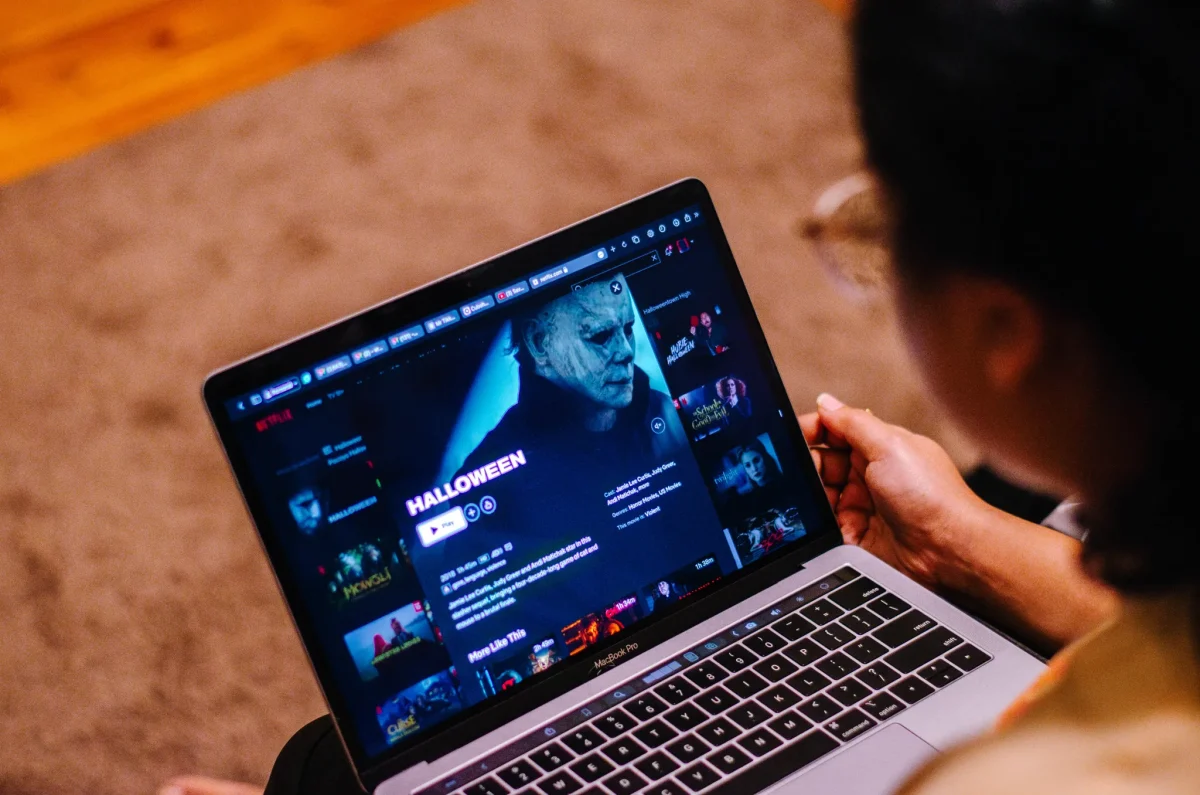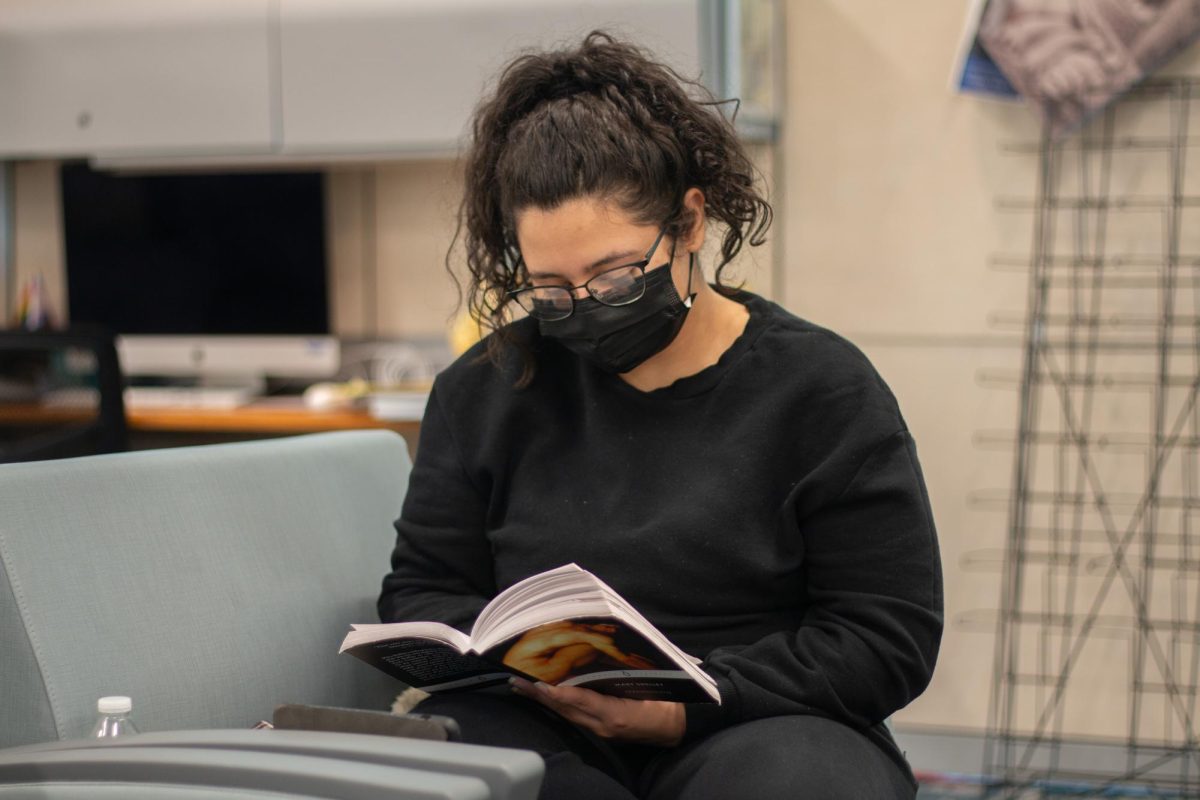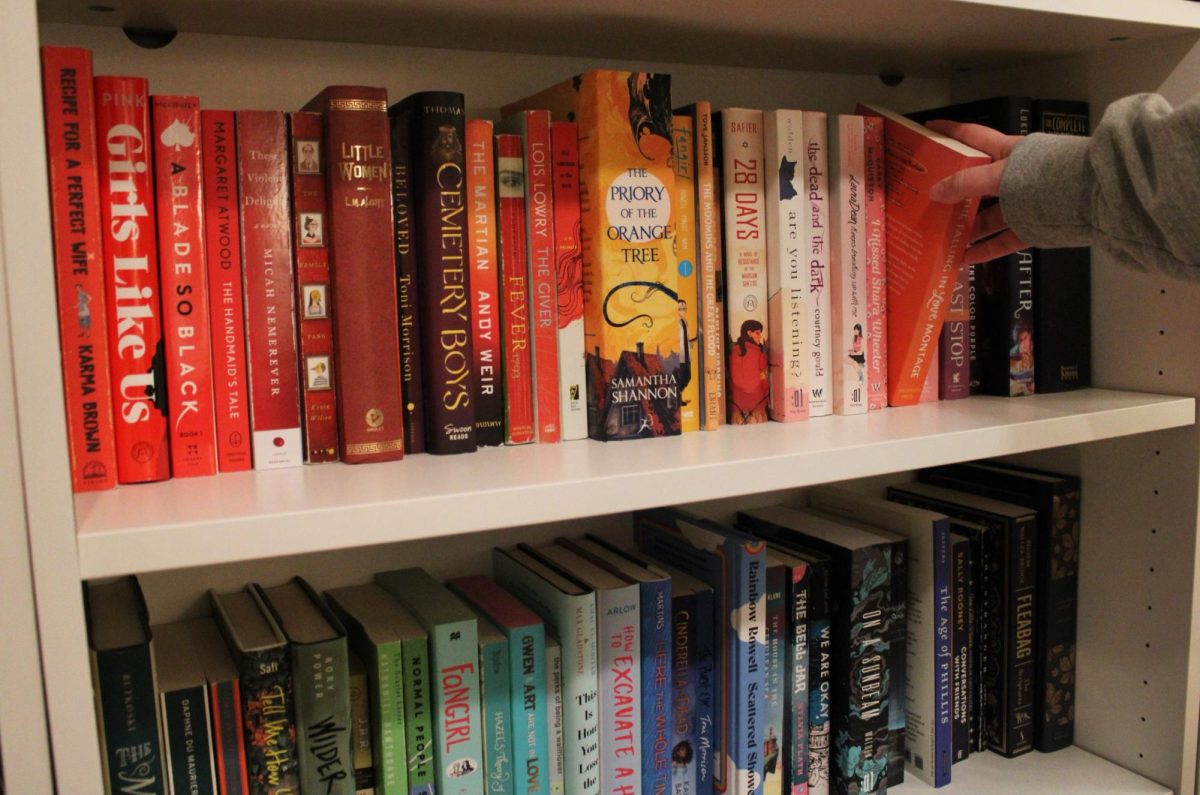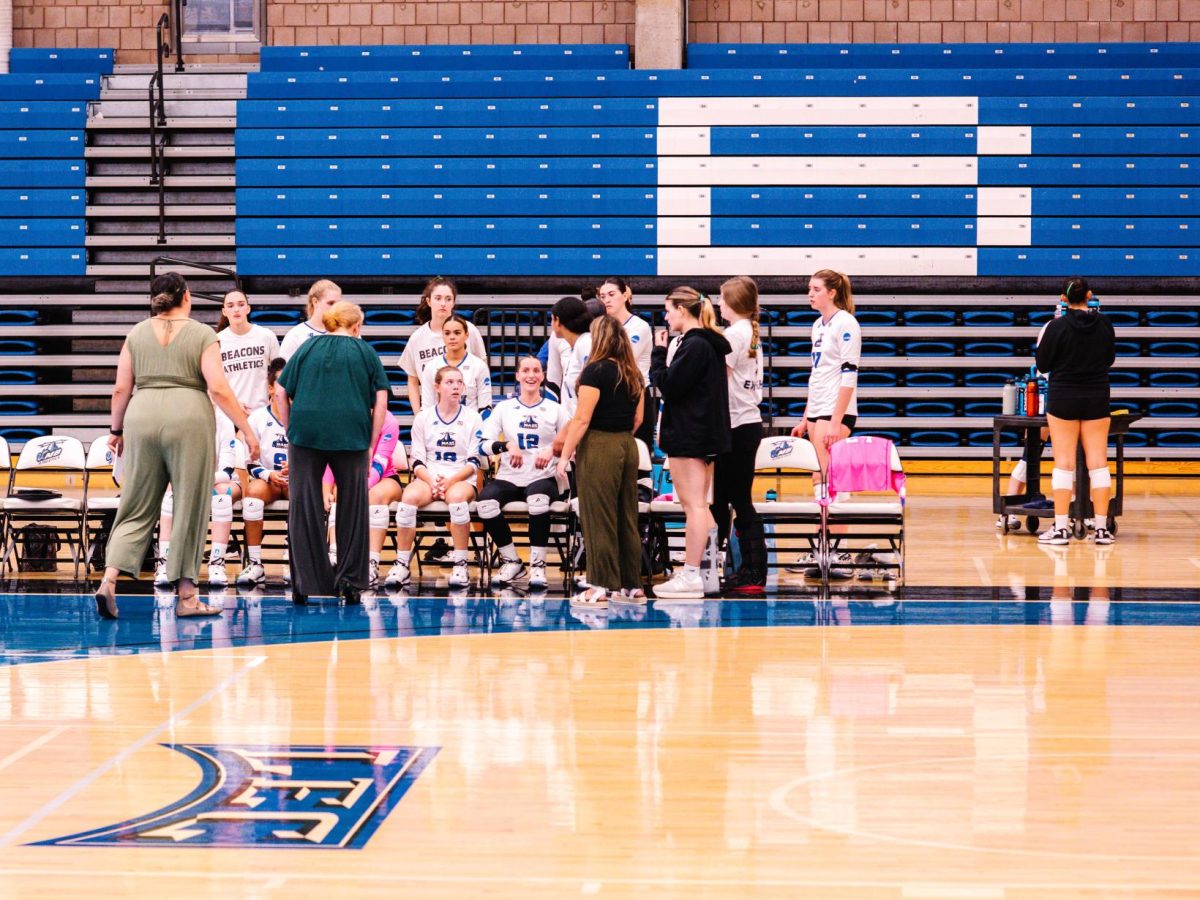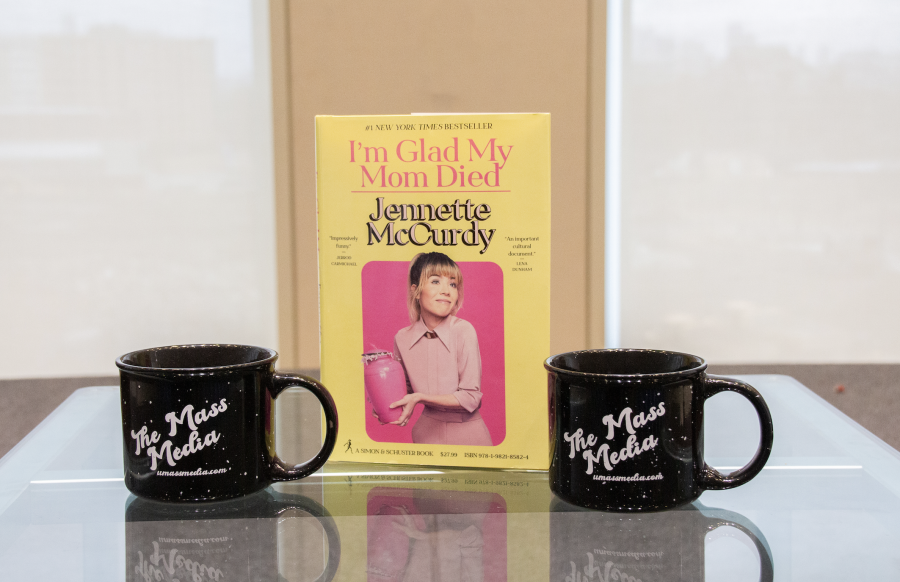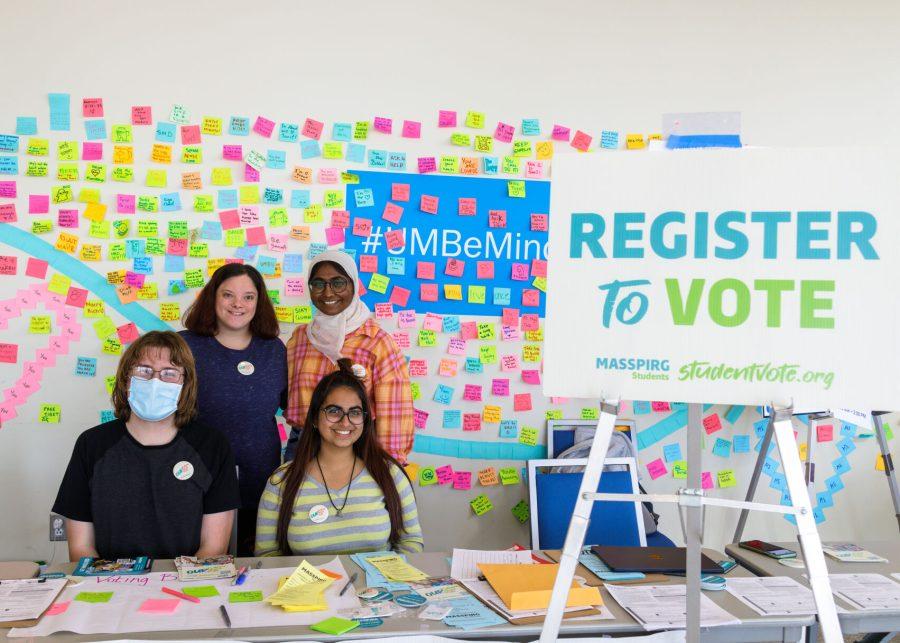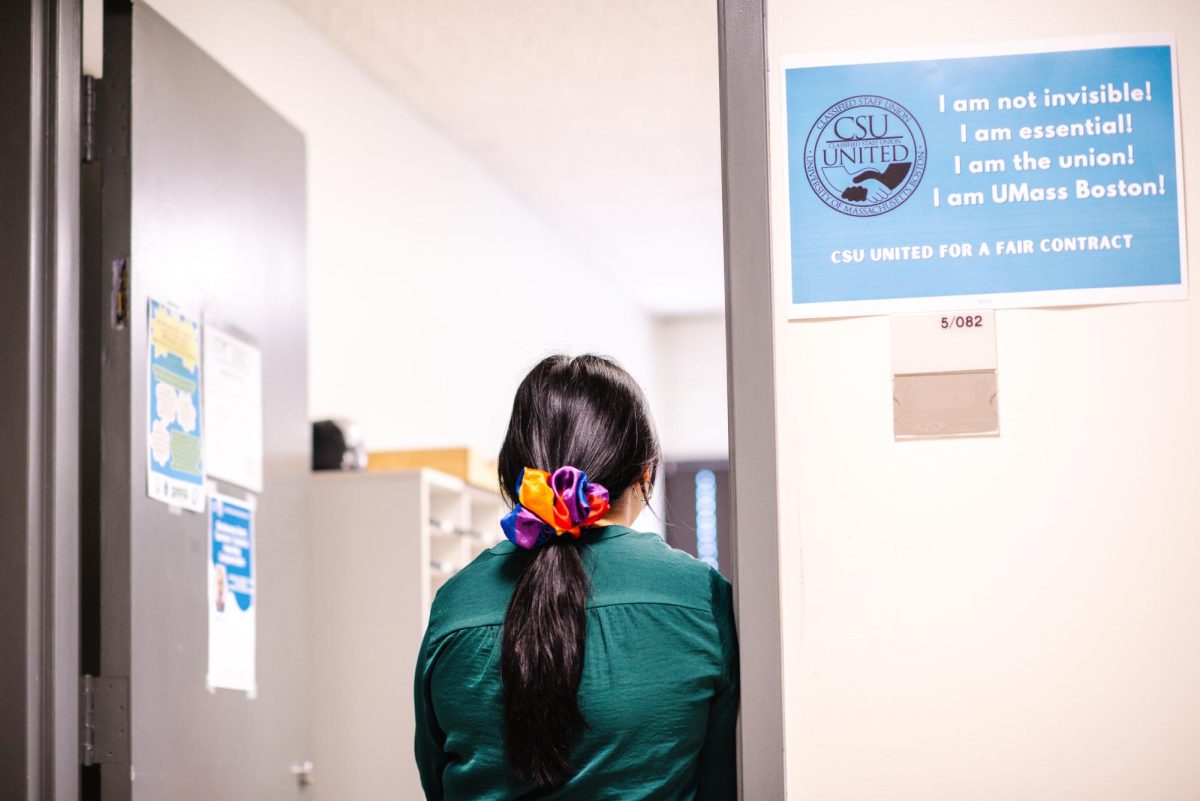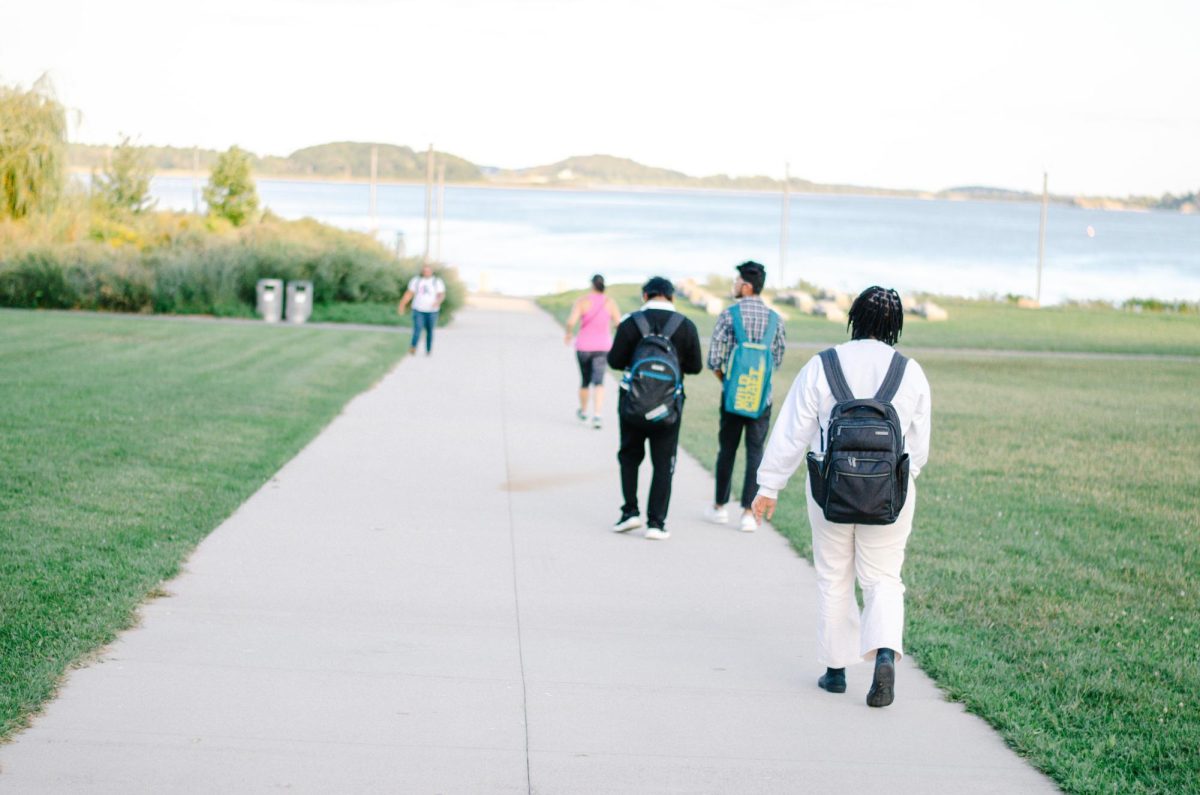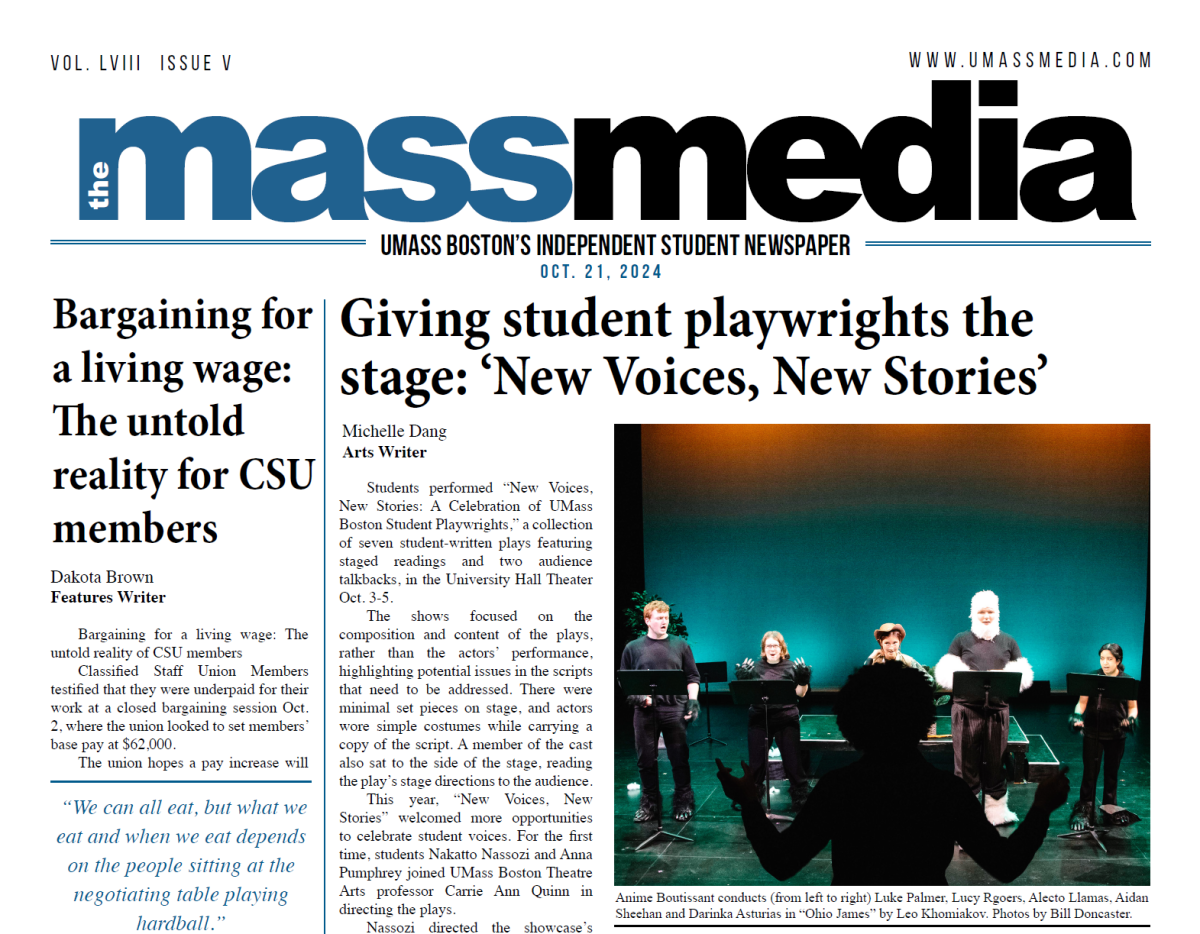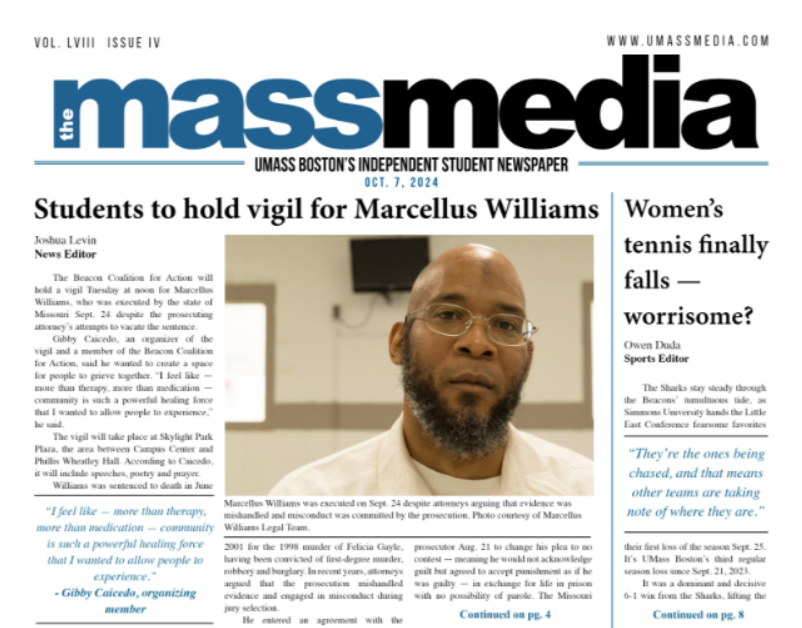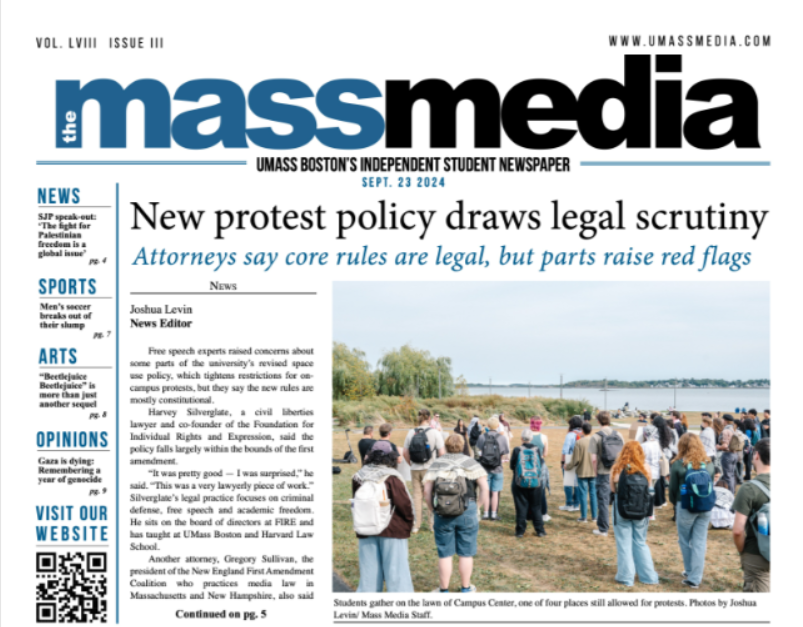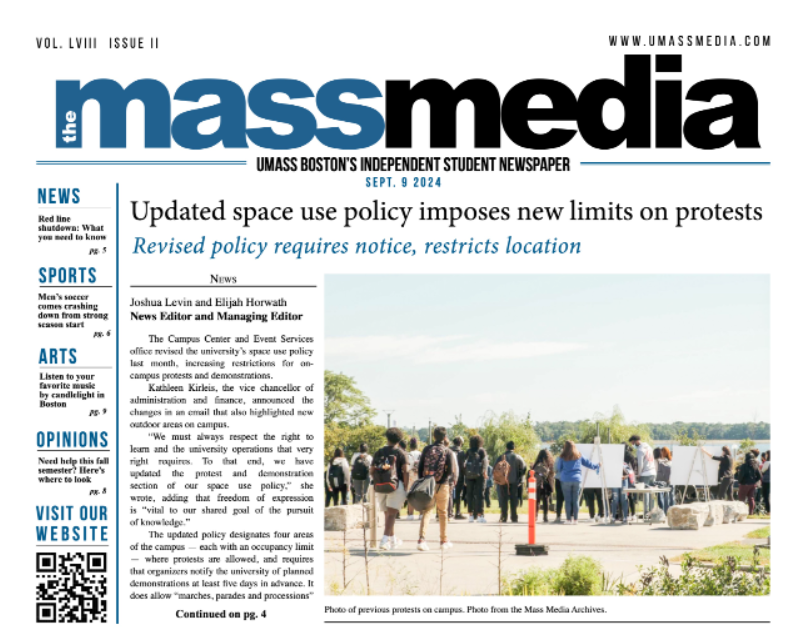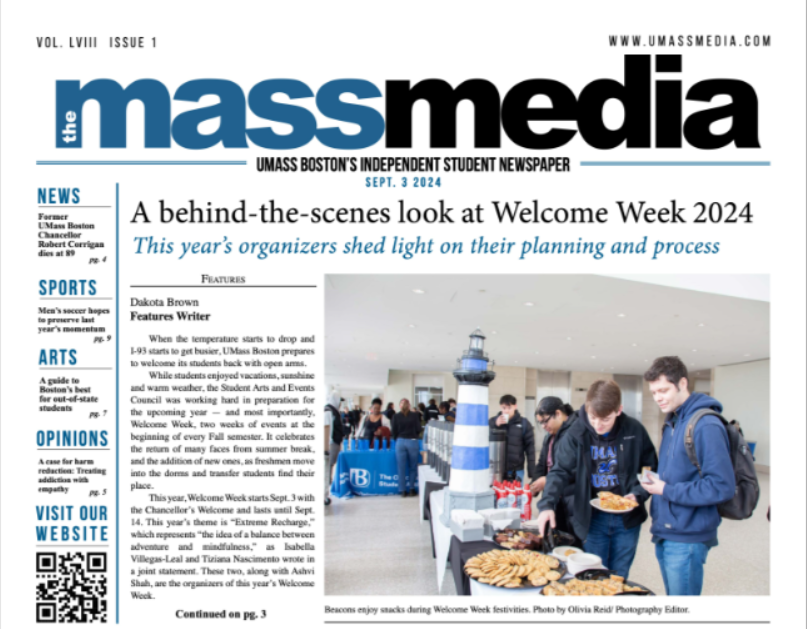Our Bodies, Ourselves: Women’s Rights and Responsibilities to Make Informed Decisions
May 5, 2005
BY NANCY DERBYStaff Writer
‘The Sister (or Mother) I Never Had’In 1971 Our Bodies, Ourselves, an ambitious encyclopedia of women’s health concerns and a revolutionary publication in the women’s health movement, sold a quarter of a million copies. The volume dealt with the taboo subjects of women and their bodies, mainly by word of mouth. Eight editions, a few best sellers, and 18 translations later, Our Bodies, Ourselves (or OBOS for short) reinvents itself yet again, while maintaining the original founders’ vision and purpose, with 2005’s 832-page A New Edition for a New Era. OBOS was conceived in 1969 when 12 women attended a workshop at a women’s liberation conference in Boston and decided “to put their knowledge into an accessible form that can be shared with others and that can serve as a model for women who want to learn about themselves, communicate their findings with doctors, and challenge the medical establishment to change and improve the care that women receive,” according to OBOS’s website. The original publication’s title, Women and Their Bodies, was changed to symbolize the book as a representation of community inclusive of the reader.Last week, the Women’s Center invited Heather Stevenson, OBOS Program Manger and only fulltime staff person on the new edition, along with UMB Psychology Professor Ester Shapiro, to discuss OBOS as a publication and organization.
A New Edition For a New EraThe goal of A New Edition for a New Era, OBOS’s first major edition since 1984, is to, “transform the book to reach the next generation of younger women, but to retain what made it appealing in the 70s” according to Stevenson. The four new chapters-“Gender Identity and Sexual Orientation,” “Safer Sex,” “Considering Parenting,” and “Navigating the Healthcare System”-display the edition’s modernity and confrontation of practical and common concerns of an increasingly independent and aware population. “The revolution is not over. We need to work together to turn this tide,” Shapiro commented on the importance of this edition and its impact on society.
Chapter 9: Gender Identity and Sexual OrientationWith the recent homophobic hate crimes at Harvard University and Tufts, not to mention the ongoing court battles for homosexuals in this country to gain the simple right to marriage, Chapter 9, one of four in the Relationships and Sexuality section, focuses on many gender-marginalized populations and includes myths, facts (“realities”), definitions, and stories of both self-doubt and empowerment, all focusing on the many aspects of the subject to which a younger population may not otherwise have access. “Reality. In most places in the United States, it is legal to fire employees because they are trans, lesbian, gay, or bisexual,” Chapter 9 states. It also discusses the differences between gender and sex; reclaiming slurs such as “dyke” and “queer” when referring to one’s identity; former (but still present) medical terms such as “gender identity disorder;” stigmatization of bisexuals by both heterosexual and homosexual groups; and the additional hurdles for gender identity within religiously conservative environments, minority populations, and individuals with disabilities. The book’s trademark all-encompassing language (consistent we, us, our bodies, ourselves) avoids the black and white path of straight/queer and also presents a disclaimer to certain readers: “A new vocabulary is evolving to describe identities that fall outside the two gender categories our society has traditionally recognized: man and woman. Most of these new terms originate in medical, academic, or activist settings that are often middleclass and white, and many of them have entirely different meanings, or are not used at all, in communities of color, immigrant communities, or working-class and other communities.”This disclaimer is the work of Zobeida Bonilla, OBOS’s tone and voice editor, to ensure that the book contains controversial and intimidating information without alienating others who equally benefit from OBOS. In other words, the volume strives to target specific communities who can’t find representation elsewhere while simultaneously remaining all-inclusive and accessible to its diverse readership.
Chapter 14: Safer Sex”About 65 million Americans currently have an incurable sexually transmitted infection, and approximately 18 million Americans get one or more STI every year,” Chapter 14 states. “That’s a lot of potential sex partners who could give you an STI if safer sex isn’t on your agenda.” In a post “abstinence is the best policy” reality, it’s not safe sex, but safer sex. This chapter, one of four in the Sexual Health section, covers the basics and again targets younger populations who are most at risk and least informed. Issues such as drug and alcohol use inhibiting decision making, common myths, overcoming partner’s negative attitudes towards birth control, how and when sexually transmitted infections (STIs) are spread, safer-sex “pearls of wisdom,” and the importance of open dialogue are all covered. These all may seem elementary, but everyone needs the hear them time and again, in case there’s danger of forgetting. The chapter also explores flavored dental damns, benefits of making foreplay “the main course,” fluid bonding, and clean dildo etiquette.
Chapter 17: Considering ParentingA woman’s financial situation most likely requires her to work in order to pay bills, and taking time out to have a child when society monitors success through dollar figures and promotions can leave many women unsure about making the decision to have a child, especially when birth control allows them to be sexually active, and not have children if they so chose. This freedom leaves women with a choice that their mothers most likely did not have to deal with.Chapter 17: Considering Parenting, part of Reproductive Choices, provides endless useful information on issues ranging from media stereotypes of welfare, the image of motherhood as “central to a woman’s identity and fulfillment,” nontraditional ways of raising children, dealing with a partner who is more sure of the decision to have/not have a child, adoption, health concerns after conception, and laws in place to support families, such as the Family and Medical Leave Act of 1993 (as well as how these laws and other forms of government support come up short). Most women who have the choice between an independent, financially successful career and the experience of raising a child feel conflicted. This chapter eloquently deals with issues on both sides of the spectrum and is careful not to take sides with either the stay-at-home mom, or the working mother, and notes, “Many mothers are caught off guard by the huge gulf between fantasies about motherhood and the daily reality of providing children with love, care, and a nurturing home.” This chapter simply tries to set the record straight so that women can be as informed about their decision as possible.
Chapter 30: Navigating the Healthcare SystemPossibly OBOS’s most useful chapter, Navigating the Healthcare System is a comprehensive and concise guide to patient rights, accessing information and healthcare coverage, Internet reliability, the legal right to receive treatment in an emergency (regardless of a patient’s ability to pay), complaint avenues, and an extended reference section at the end. This chapter, part of Knowledge is Power, most visibly advocates women taking control of their bodies on the path to better health and is an indispensable background tool to a mainly male-dominated medical field, intimidating doctor-patient relationships, language barriers for many patients, and confusing medical jargon.
For more information, visit ourbodiesourselves.org. The eighth edition is interactive with the website and also includes internship, volunteer, and employment opportunities; Boston Women’s Health Book Collective and OBOS history; the many other projects under the OBOS umbrella, and a large portion of the content of A New Edition For a New Era (although not all of it so you should definitely go out and buy the book!).


